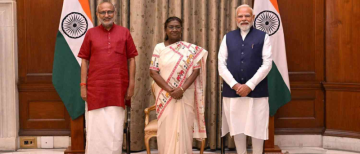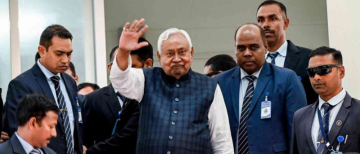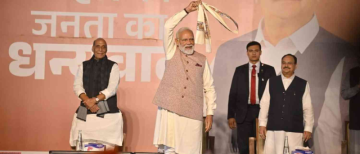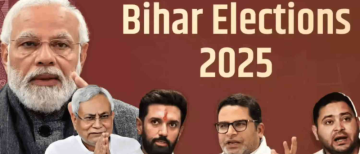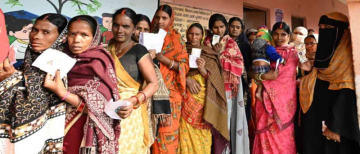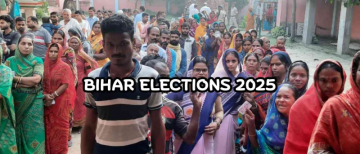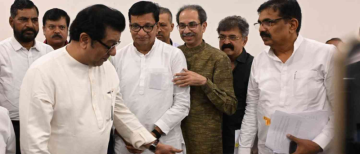The Supreme Court on Thursday delivered a split verdict in the Karnataka Hijab ban case effectively empowering government colleges in the State to ban the wearing of hijab by Muslim girl students on campus. Of the two Supreme Court Justices, Justice Hemant Gupta found the order to be constitutionally valid while Justice Sudhanshu Dhulia found it to be a violation of the right to privacy, dignity, religion and religion. Since the current bench has delivered a split verdict, the is now to be placed before Chief Justice of India U U Lalit for further advice and resolution
Now the question that arises here is why split verdict and what it means?
A Split Verdict is given when the Bench cannot decide on any one way of solving the case and that’s when the judges have to come up with a majority verdict. Split verdicts are only possible when the number of judges is even and not odd. This is one of the reasons why judges in important cases don’t sit in odd numbers such as 3,5,7, etc. Whenever a split verdict passes, it is heard by a larger Bench of judges. The larger Bench to which a split verdict goes can be a three-judge Bench of the High Court, or an appeal can be made before the Supreme Court. In the case of the hijab verdict, the CJI, who is the ‘master of the roster', will constitute a new, larger Bench to hear the matter.

Justice Hemant Gupta dismissed the 26 appeals which were filed against the judgment of the Karnataka High Court according to which the Hijab was not an essential practice of Islam and allowed the ban on wearing headscarves in academic institutions in the State. On the other hand, Justice Sudhanshu Dhulia by underlining that all that matters is the education of the girl child, set aside the state and High Court orders and called the right to wear the hijab in classrooms “a matter of choice”, a “fundamental right” linked to the girl’s “dignity and her privacy even when she is inside the school gates”.
More than 8 months have passed since the Karnataka High Court banned wearing a Hijab in educational institutions which has sparked outrage in the country. People are of different opinions- some in favour and some against and so now is the Supreme Court of the country. It is ironic that in this political tug-of-war, those girl students who do not want to give up their practice of wearing a Hijab are suffering and their right to education is being restricted.
© Vygr Media Private Limited 2022. All Rights Reserved.








